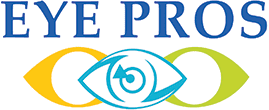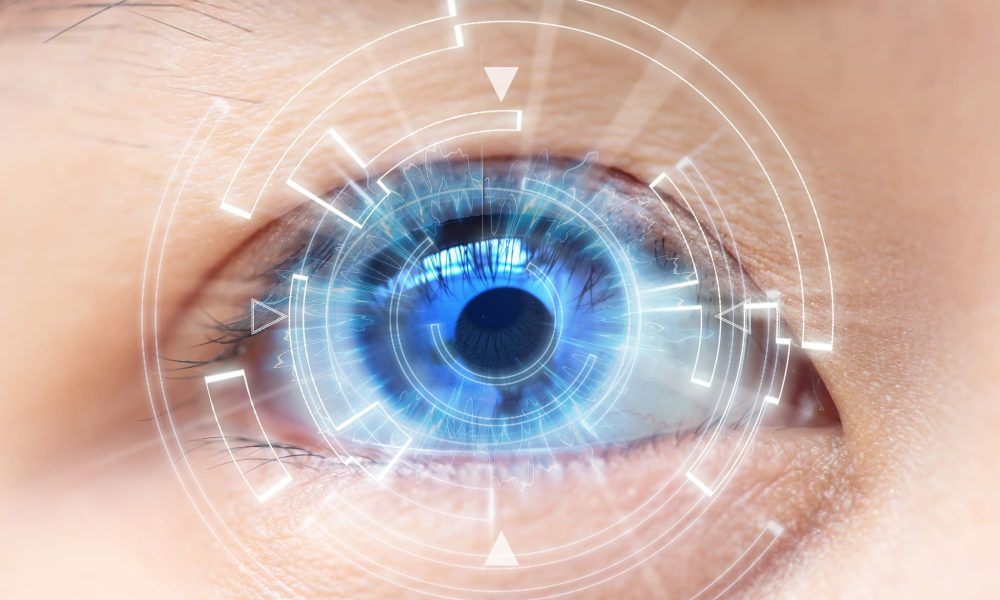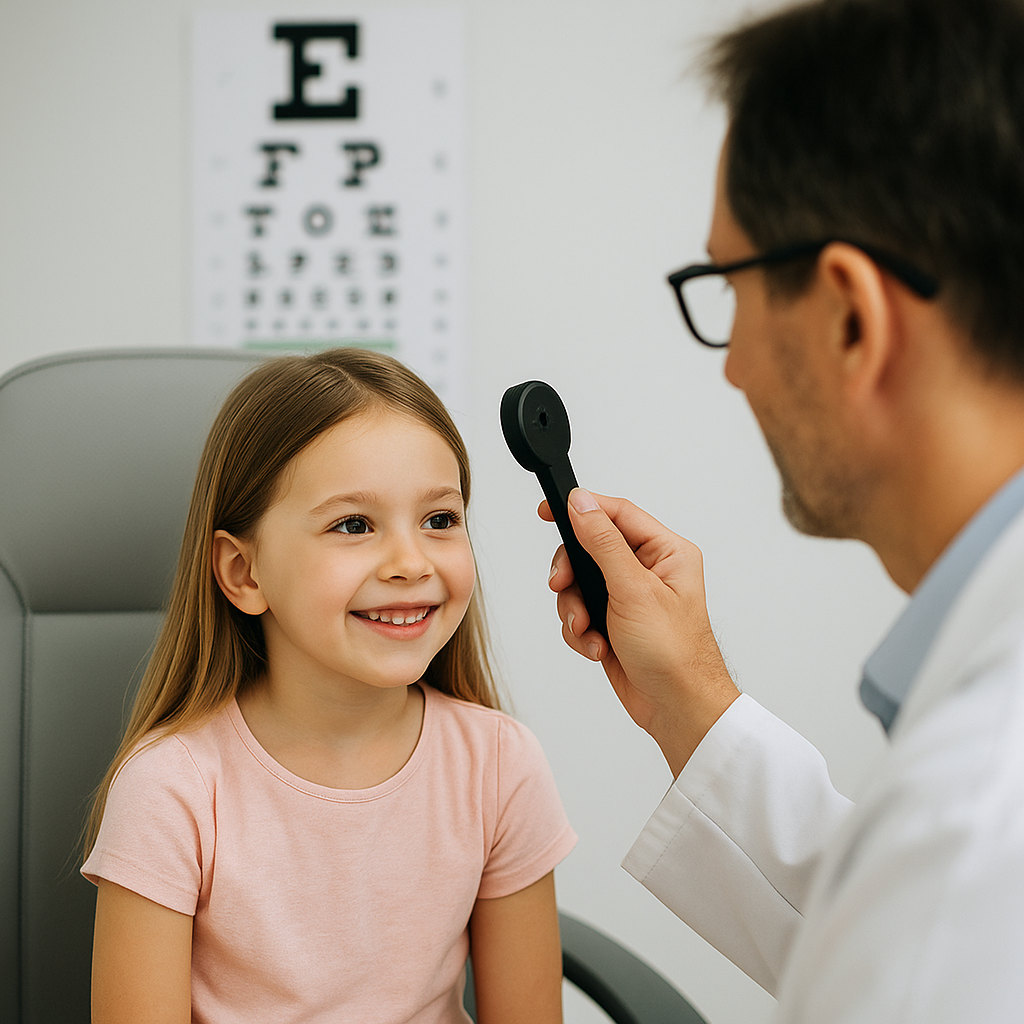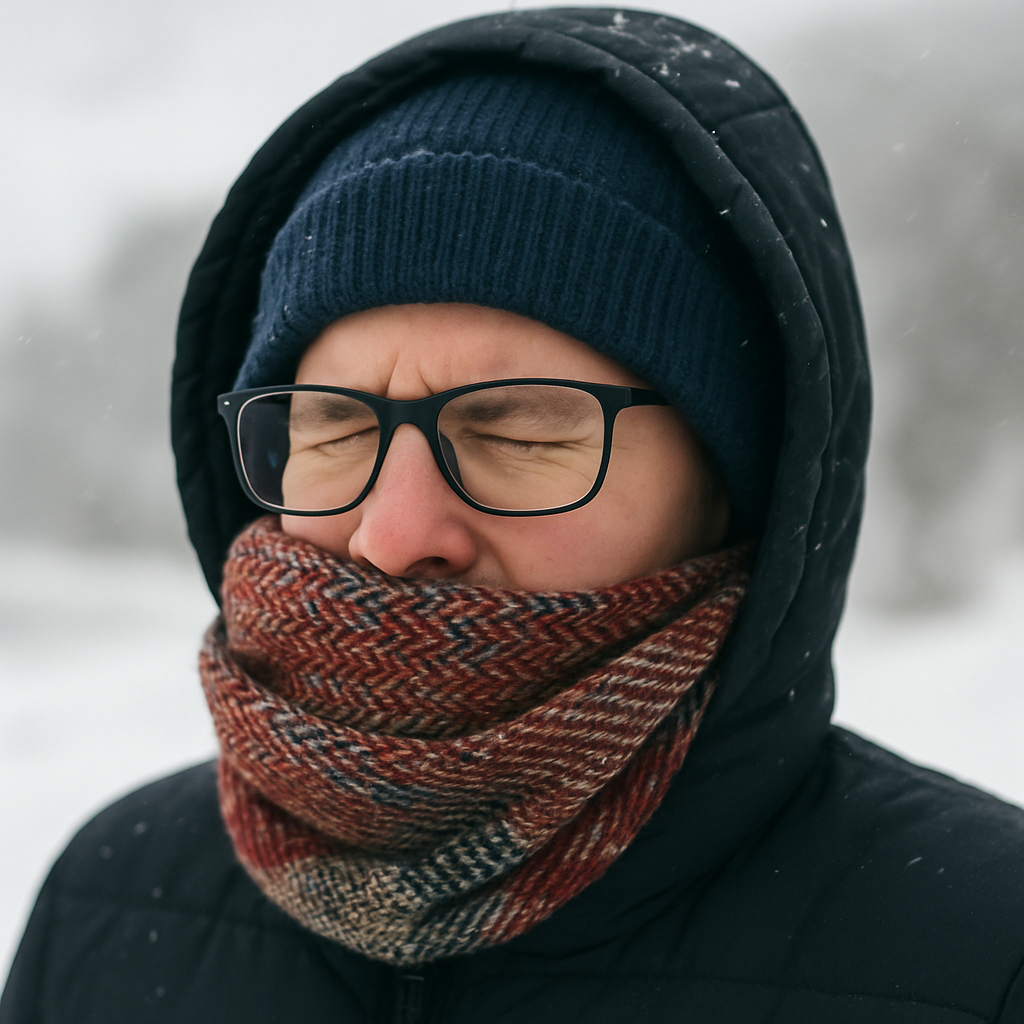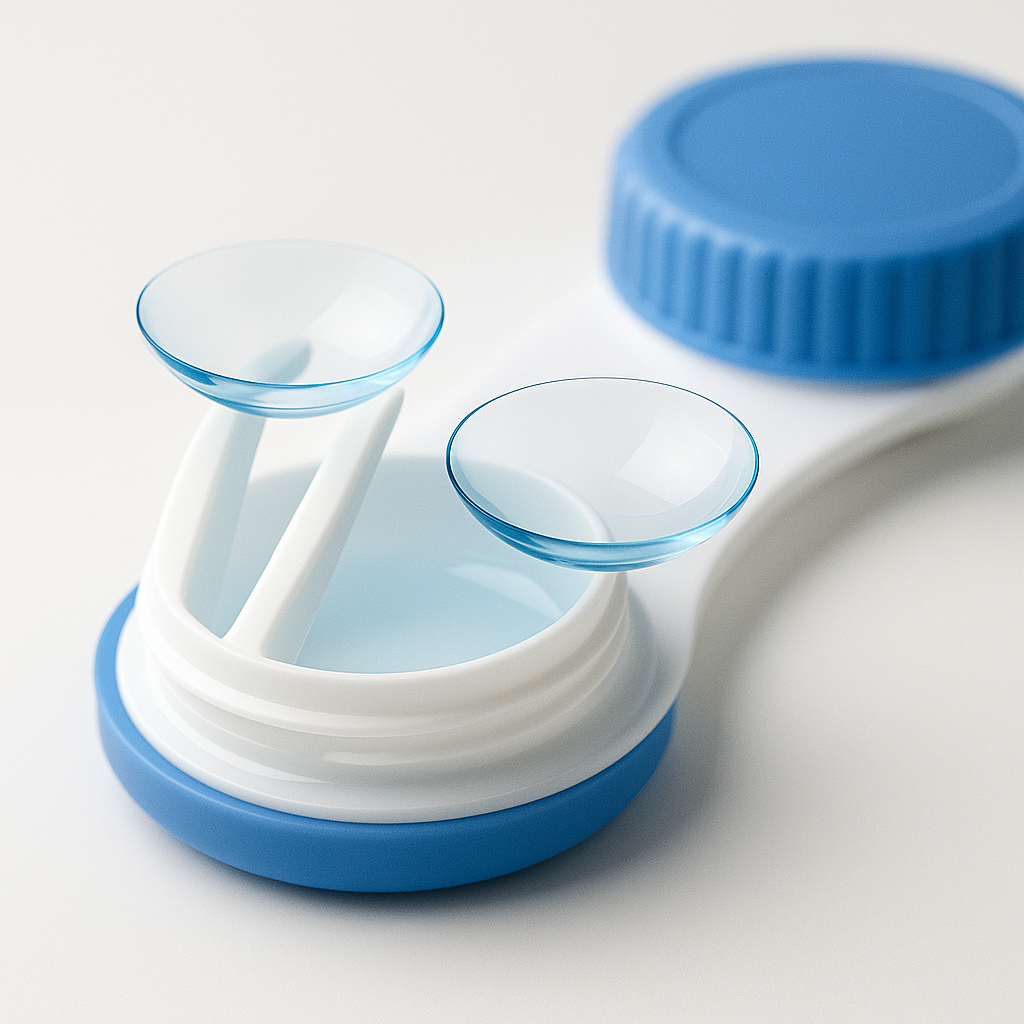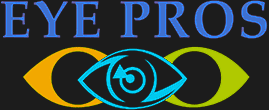Are you one of the more than 30 million Americans who wear contact lenses? If so, are you changing them on a regular basis? Or, are you guilty of falling asleep while wearing them?
Lots of people sleep in their contact lenses and are concerned about the effect this practice can have on their eye health. Is this actually a problem, or can you get away with it every once in a while without any issues?
Your questions are about to be answered once and for all. Read on to learn exactly what happens when you sleep in contacts.
What Happens When You Sleep in Contacts?
You may have heard some horror stories about awful things happening to people after they sleep in their contact lenses. Is there any truth to these stories, or are they just scare tactics employed by eye doctors?
While you probably won’t go blind after one night of accidentally sleeping in your contacts, there is definitely quite a bit of merit to these warnings.
The following are some of the most common risks associated with sleeping in contact lenses:
Increased Risk of Infection
The cornea is only able to get oxygen from the air (as opposed to receiving oxygen from the bloodstream). When you wear a contact lens, you impede the cornea’s oxygen supply. When you close your eyes while wearing contact lenses, you further impede its supply.
Reducing oxygen by this much, on a repeated basis, can lead to an increased risk of bacterial growth and eye infections.
Your risk of infection also stems from the fact that the eye does not have the same level of immune system protection that the rest of the body does.
Increased Risk of Long-term Damage
When you sleep in your contact lenses, the inner lining of your eyelid sustains tiny abrasions and has a harder time maintaining proper lubrication levels. This, in turn, can lead to inflammation and drier eyes.
If you sleep in your contact lenses for an extended period of time, you’ll be more irritation-, infection-, and allergy-prone. You may eventually not be able to wear contacts at all because your eyes are so damaged.
Increased Risk of Inflammatory Conditions
Your risk of inflammatory conditions like conjunctivitis (pink eye) and keratitis (inflammation of the cornea) also increases when you sleep in your contact lenses on a regular basis.
Contact lens wearers are especially prone to a type of conjunctivitis known as giant papillary conjunctivitis. This condition causes small bumps to develop on the inner surface of the eyelid. It also is quite painful and increases light sensitivity.
Contact lens wearers are also prone to a type of keratitis known as amoebic keratitis. In this condition, an amoeba infects the eye.
Increased Risk of Vision Loss
If keratitis goes untreated, it can lead to corneal ulcers. Corneal ulcers, in turn, can increase one’s risk of experiencing vision loss.
A corneal ulcer is a sore on the cornea that is caused by an infection — often an amoebic infection. This condition is characterized by severe eye redness, discomfort, pain, excessive tearing, and changes in vision.
In some cases, the vision loss brought on by a corneal ulcer is permanent. Other times, depending on the severity of the ulcer, vision can be restored with an expensive and invasive surgery known as a corneal transplant.
If you notice signs of a corneal ulcer, it’s important to see your eye doctor immediately. The sooner you get treatment, the better.
What about Sleep-Approved Contact Lenses?
While, generally speaking, it’s not a good idea to sleep in your contact lenses, there are a few styles that are specifically designed for overnight usage.
If taking your contacts out at night just doesn’t work for you, you may want to invest in one of these styles.
Most of these lenses are designed for anywhere from 6 to 30 days of overnight usage before they need to be replaced.
However, it’s important to remember that these sleep-approved contact lenses do not completely eradicate your risk of developing an infection or experiencing other issues.
Many eye doctors recommend leaving these lenses out overnight at least one time per week, if not more often. This helps to give your eyes a rest and is an extra step you can take to prevent infection and reduce your risk of irritation.
What to Do if You Fall Asleep While Wearing Contacts
Despite all the warnings doled out from medical professionals, it still happens to the best of us from time to time.
If you’re not wearing sleep-approved contact lenses and you accidentally fall asleep in them, there are a few steps you can take to minimize the damage and continue to promote good eye health.
- Remove them as soon as possible
- Soak your lenses in contact solution overnight if they’re still relatively fresh
- If you’ve been sleeping in old contact lenses, throw them away and start again with a fresh pair
- Use artificial tears or lubricating eyedrops if your eyes feel irritated or dry
- Consider wearing glasses for the day to give your eyes a break before putting in a new pair of contacts
If you notice any pain, sensitivity to light, blurred vision, or extreme redness after sleeping in your contact lenses, you definitely shouldn’t put new contact lenses back in.
You should also be sure to make an appointment with your eye doctor. He or she will be able to rule out infection and can provide you with eyedrops or other medicine to help prevent your symptoms from getting worse.
Do You Need New Contact Lenses?
If you’re someone who has a tendency to sleep in contacts, you might be in need of some fresh pairs.
If you live in Idaho and need help ordering contact lenses, contact us at Idaho Eye Pros today. To better serve you, we have offices conveniently in Boise, Nampa, Twin Falls, and Idaho Falls.
We also make it easy for you to order contacts online, so you can get the lenses you need anytime, day or night!
